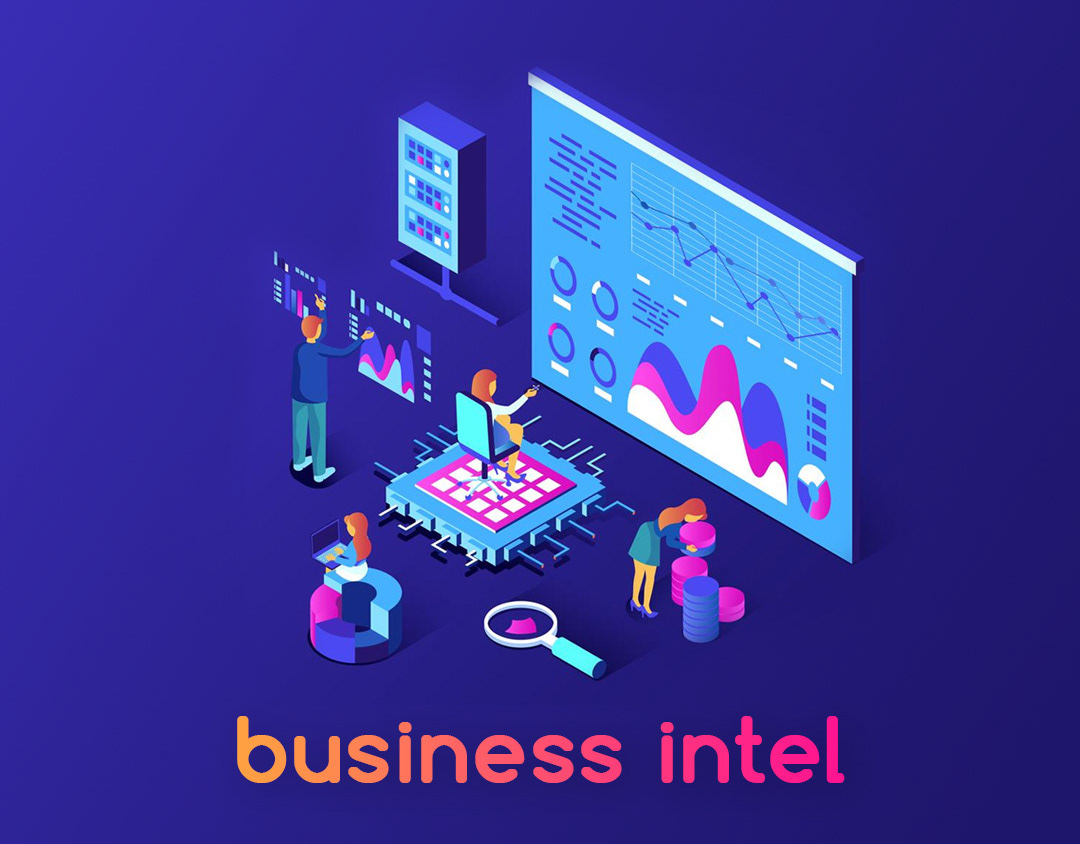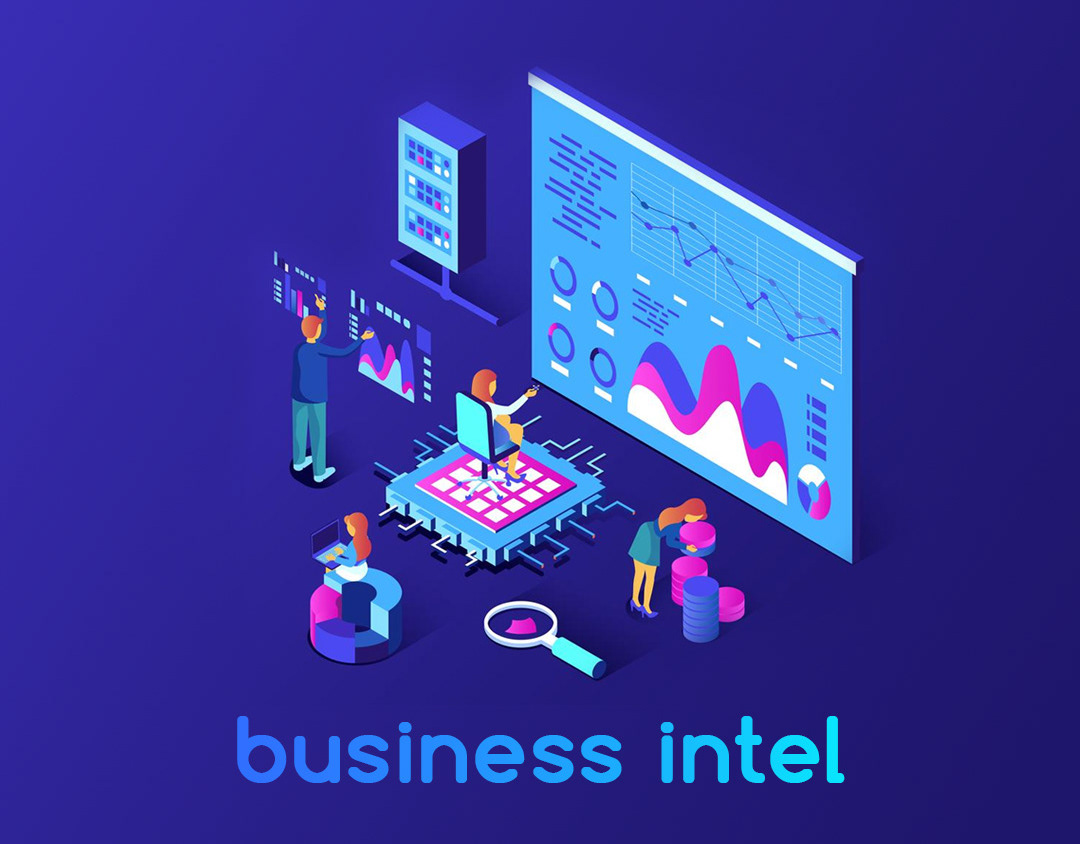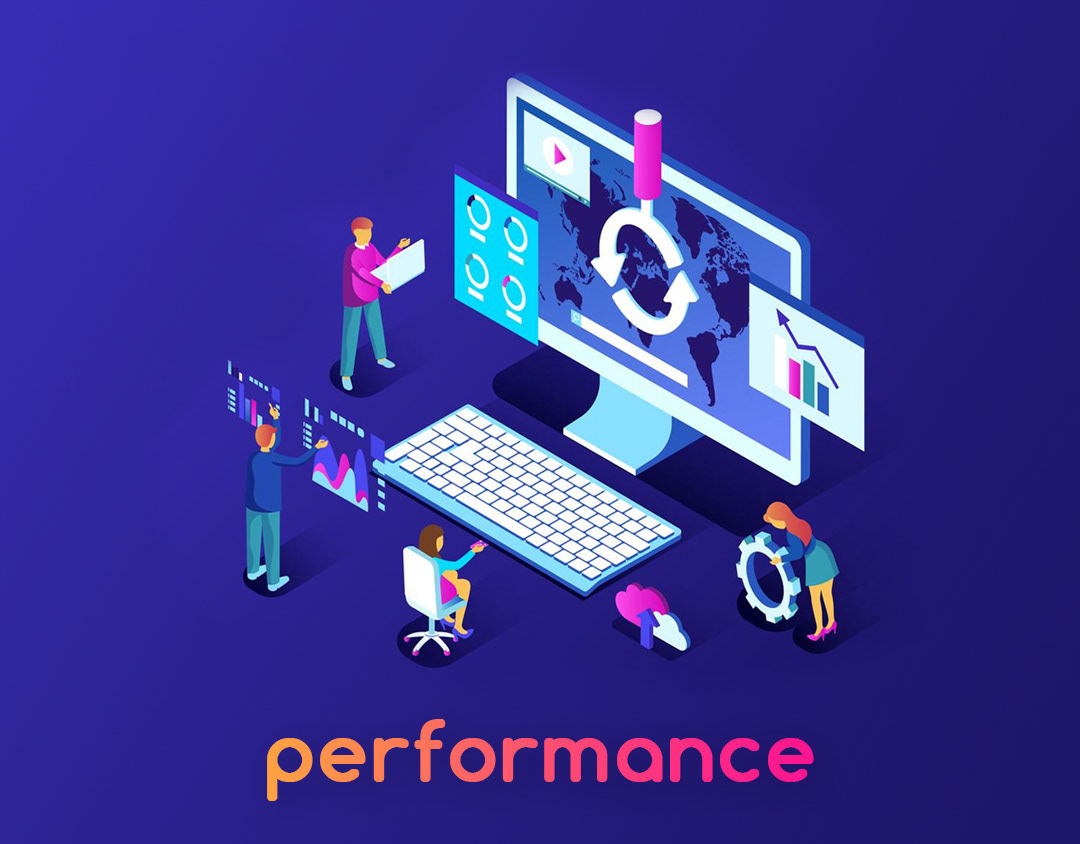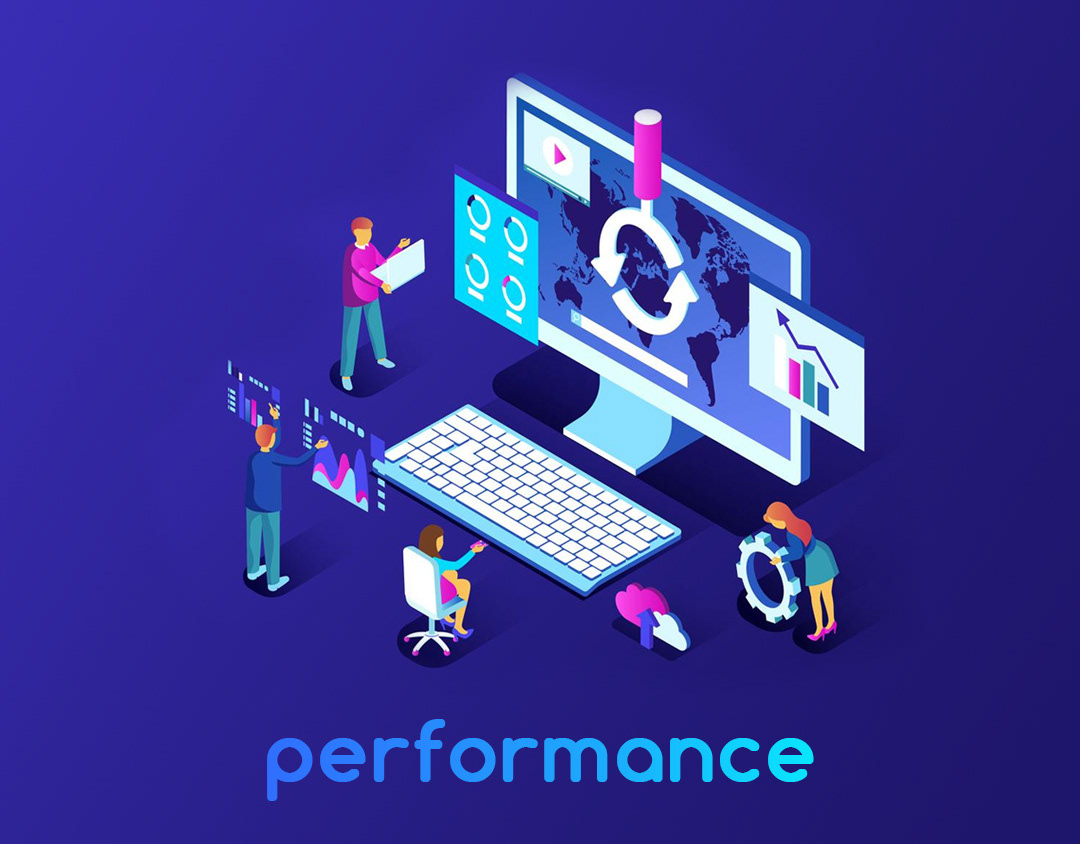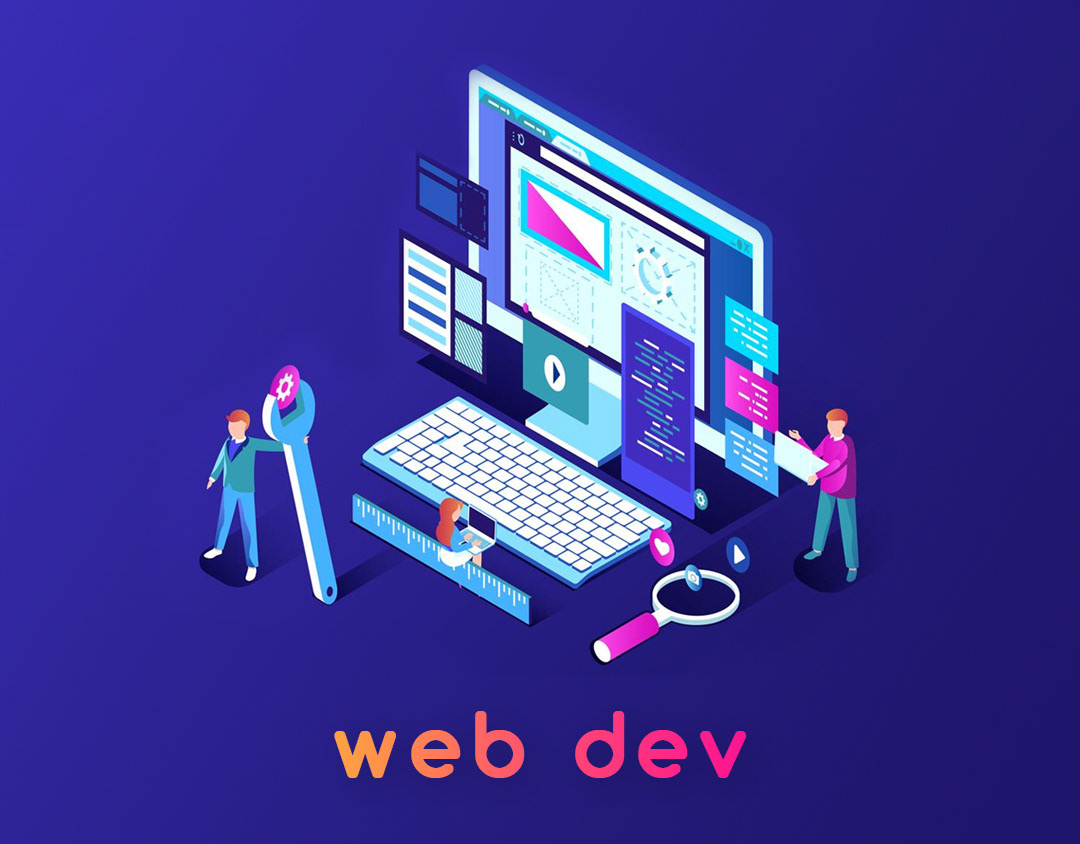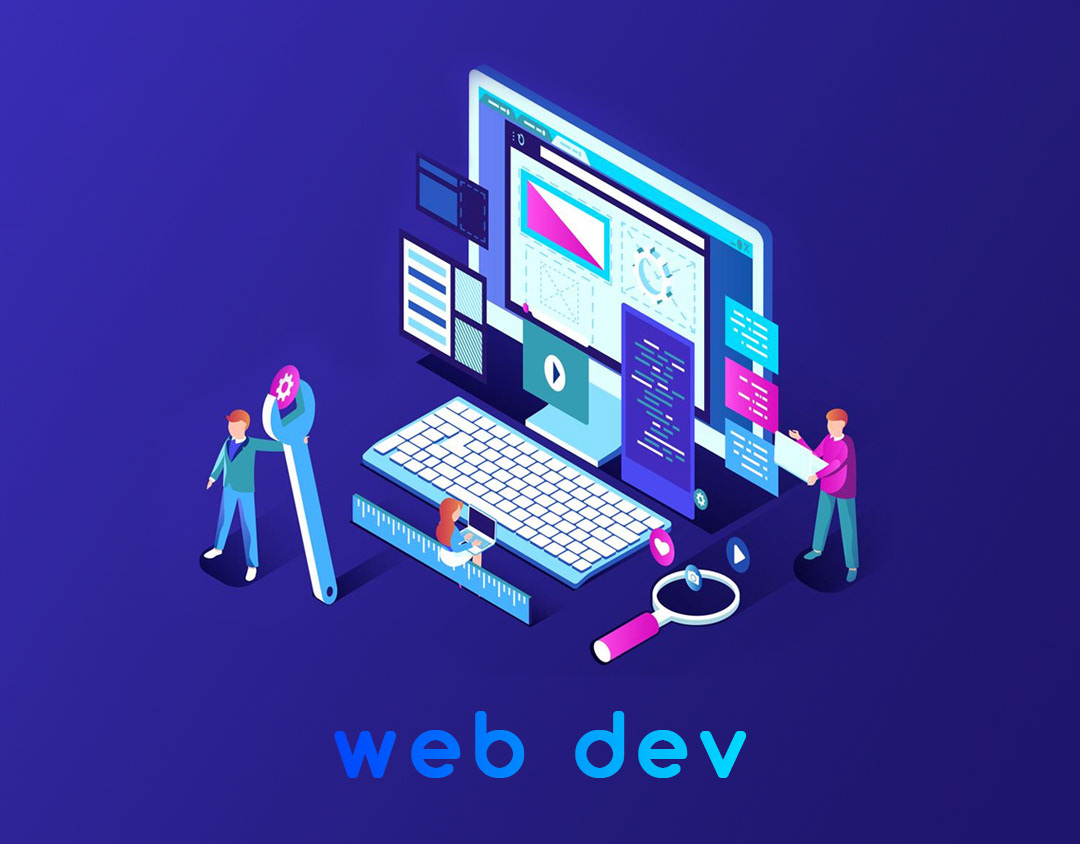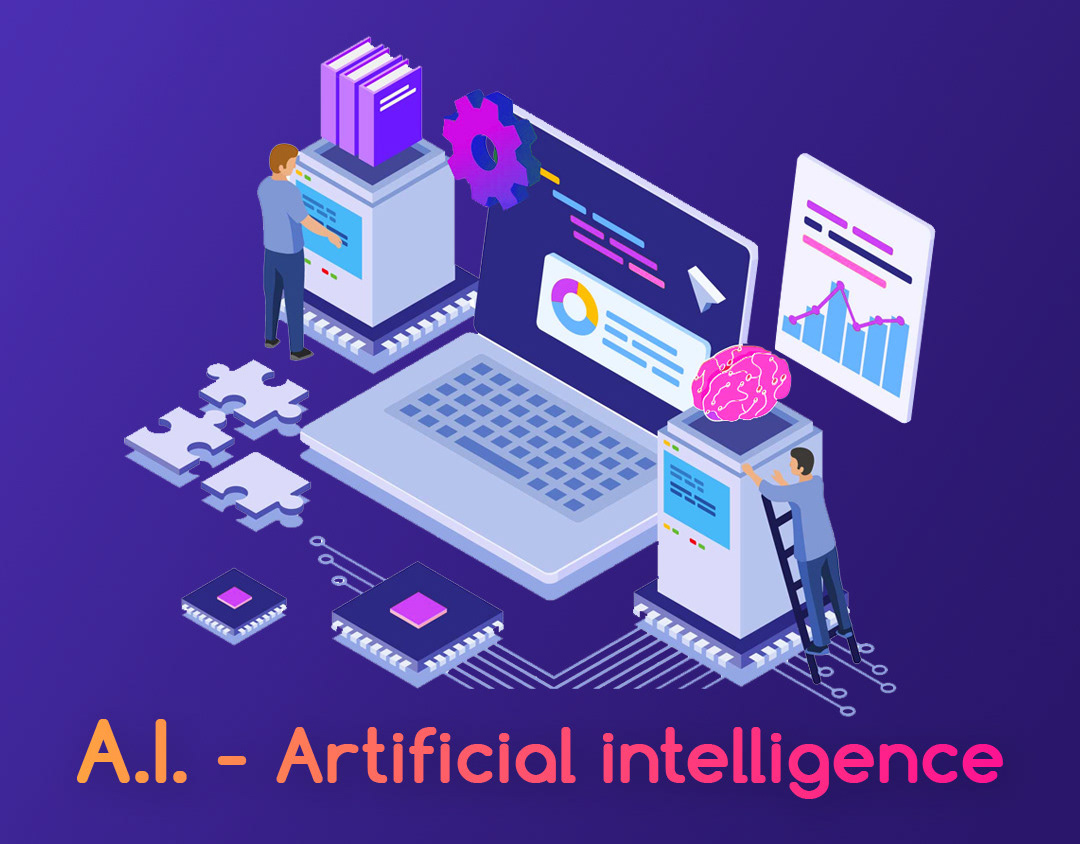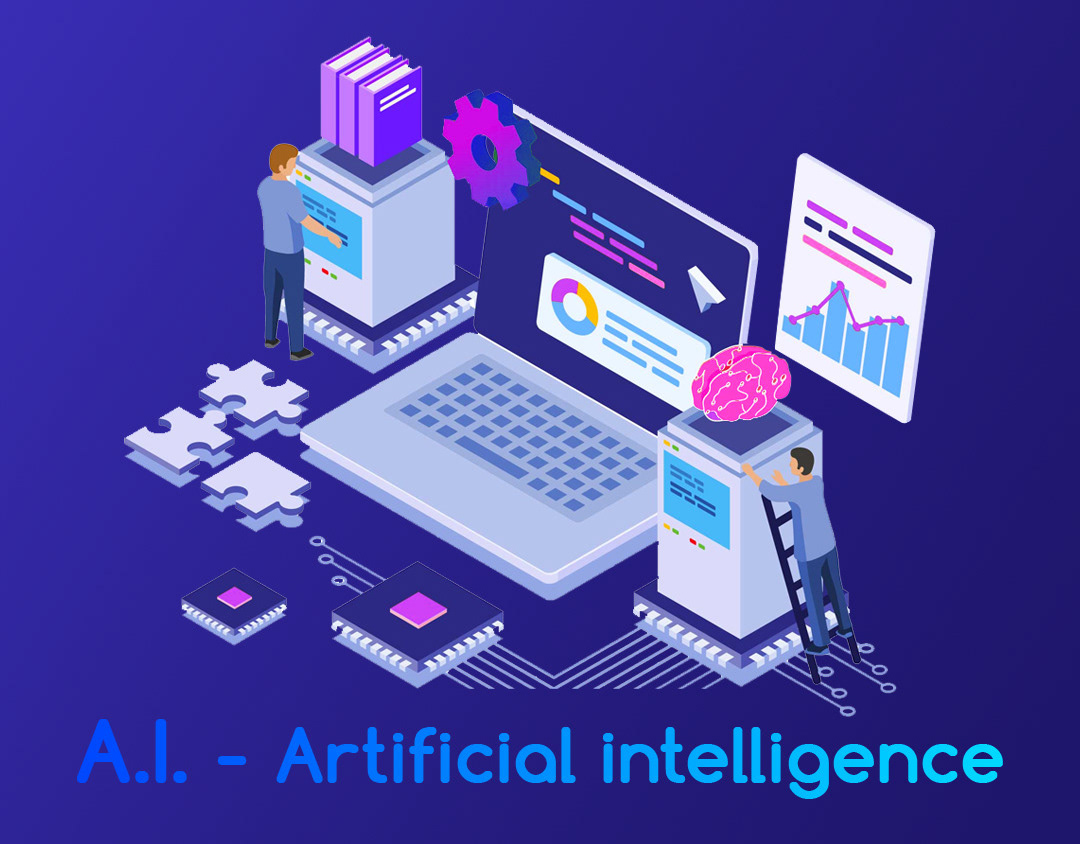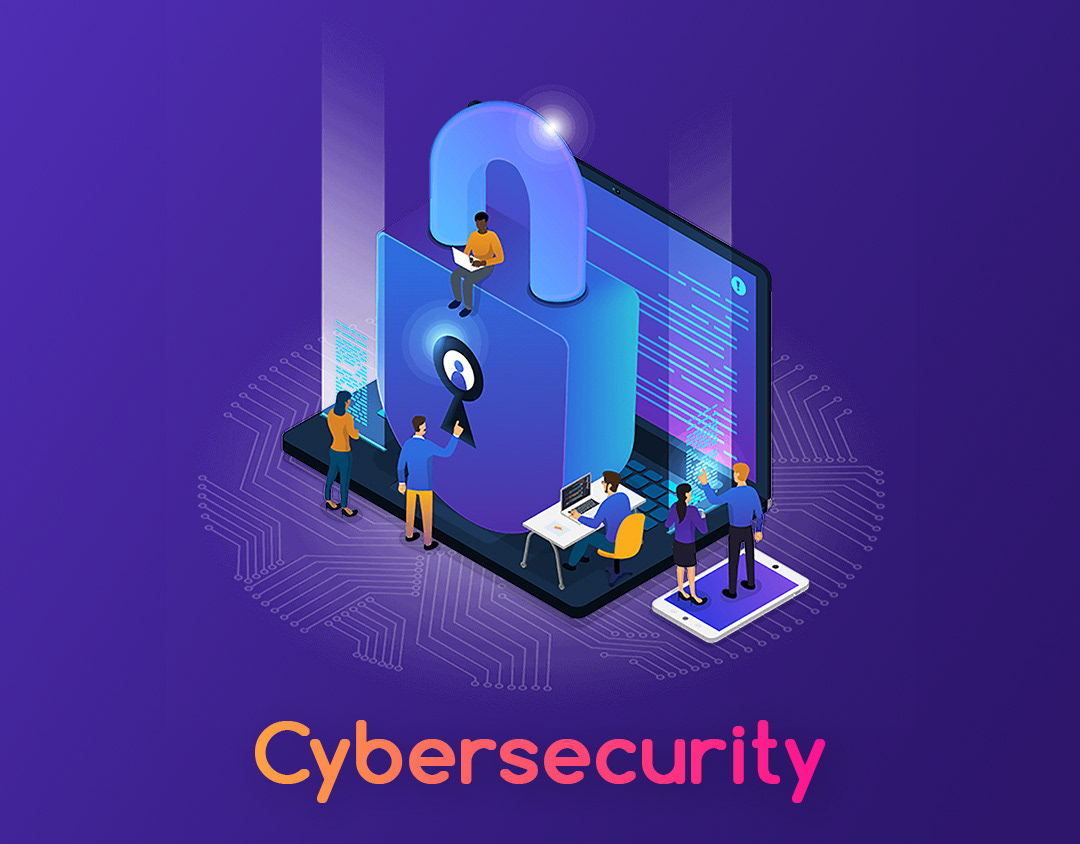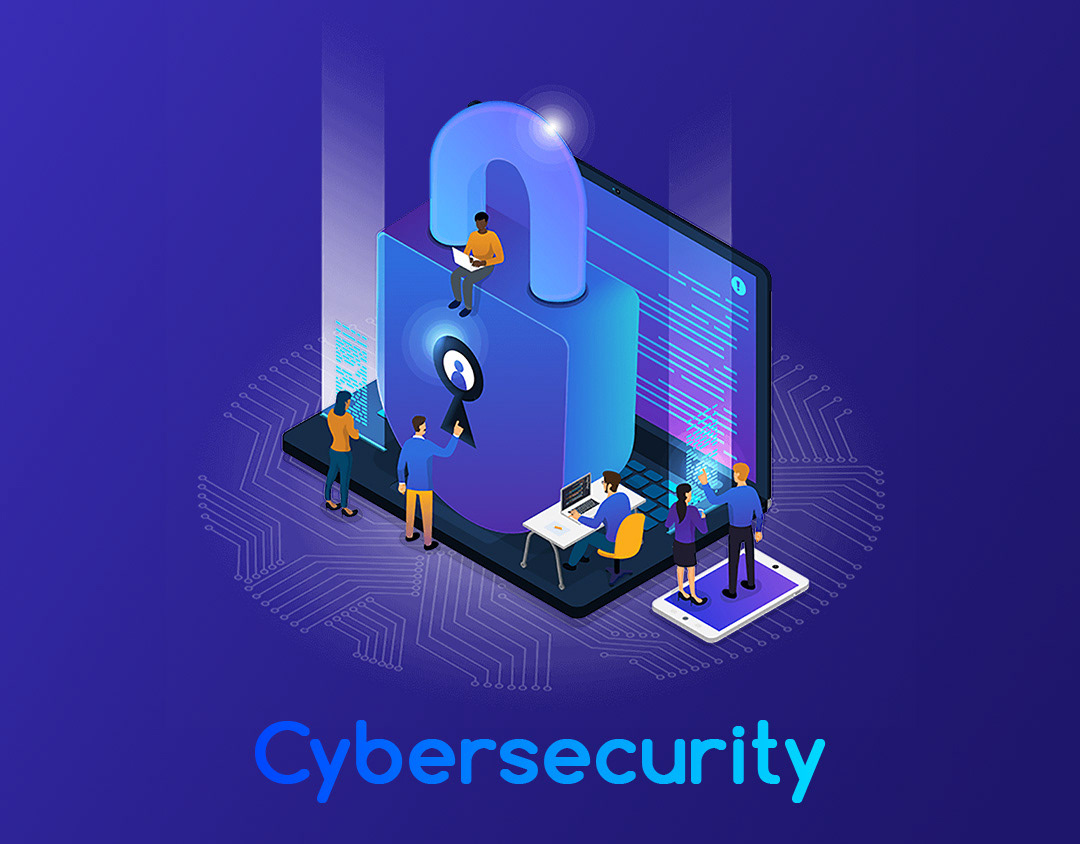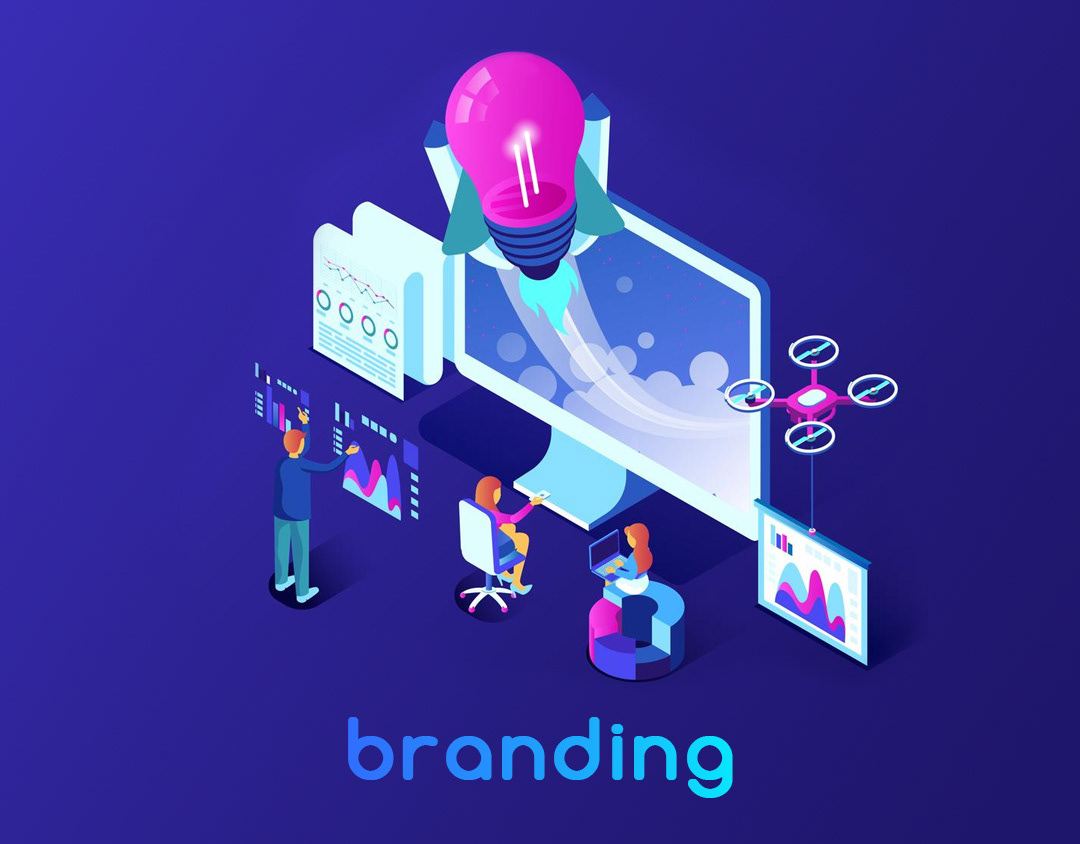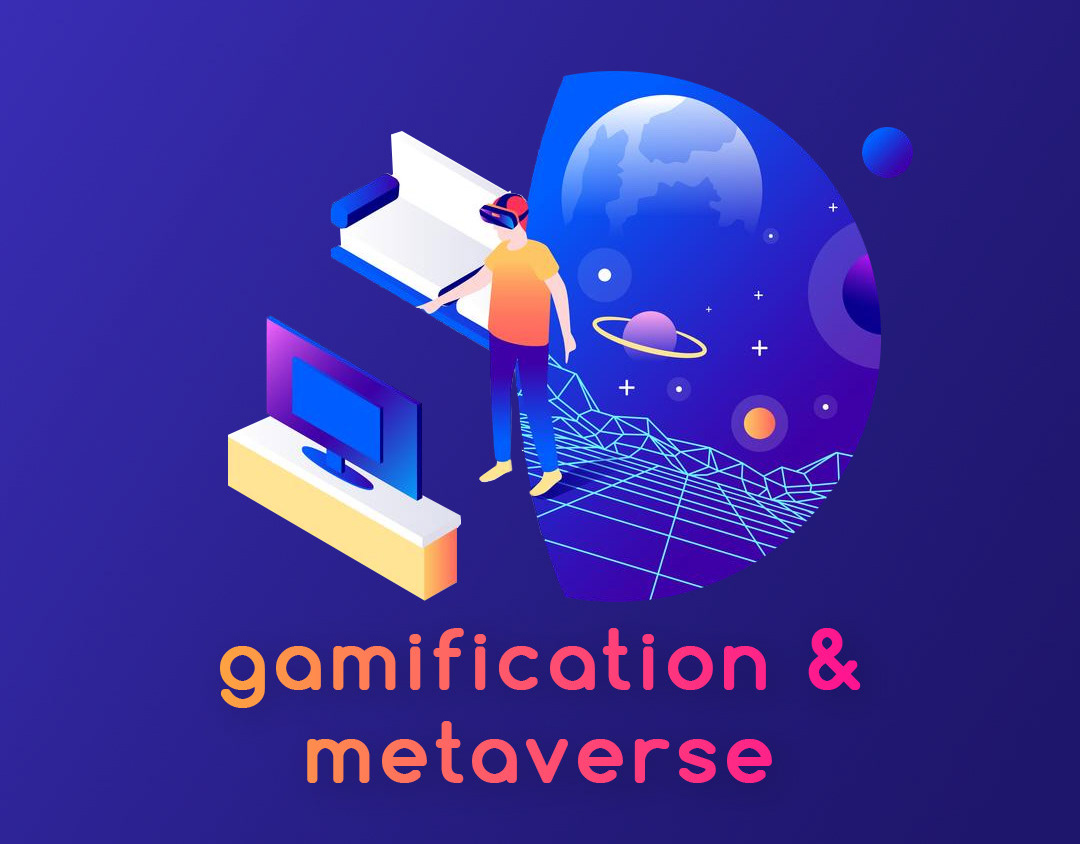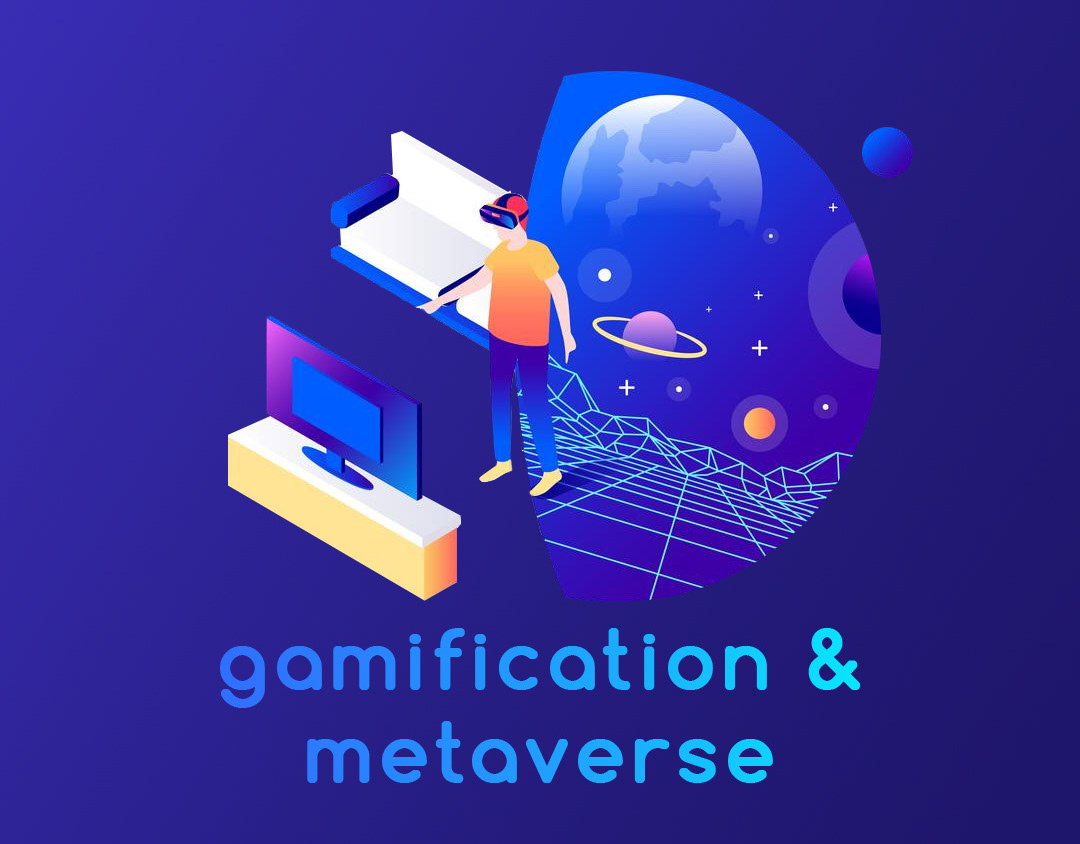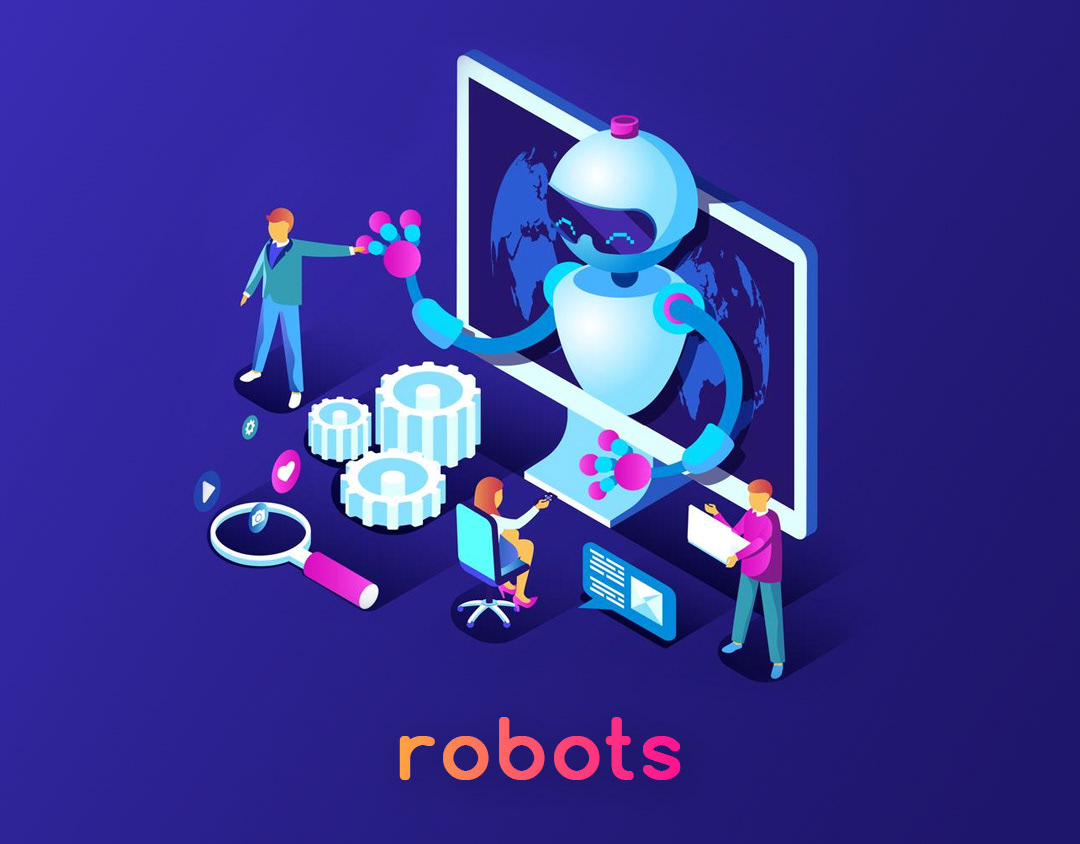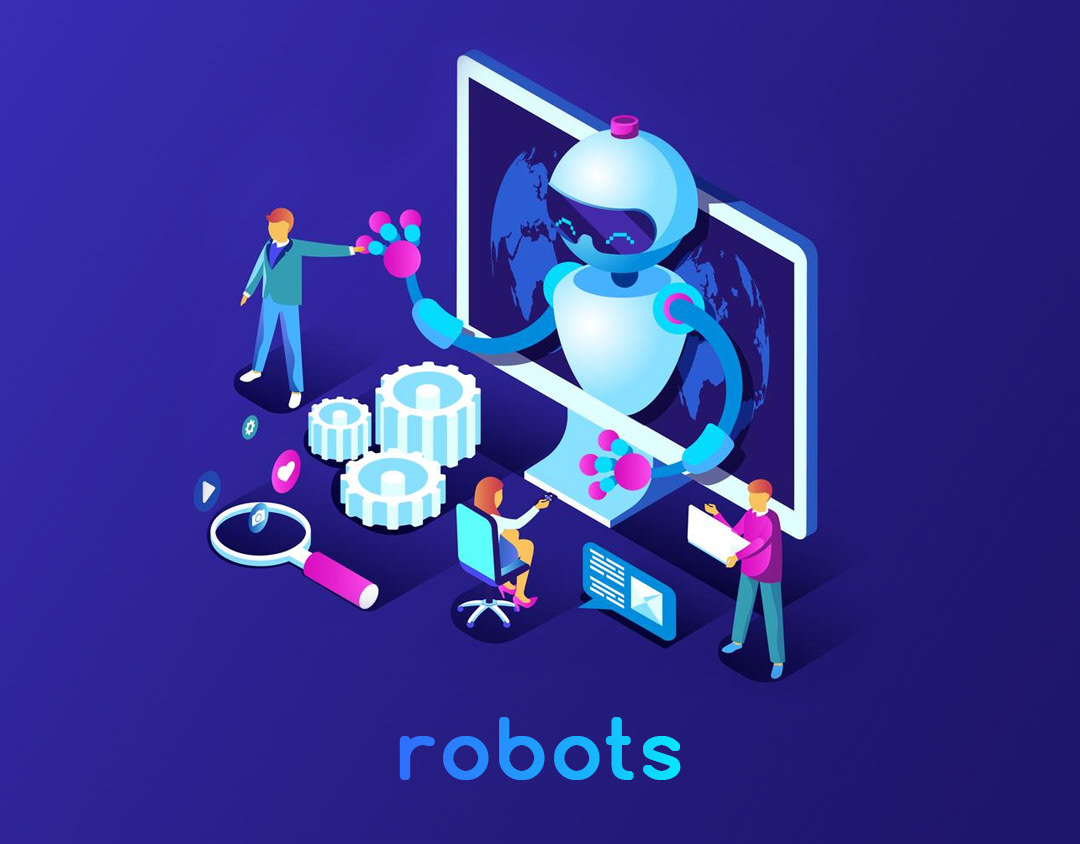eLearning: How Digital Education Is Transforming Businesses, Teams, and Results
Introduction: The silent revolution shaping the future of corporate learning
In an increasingly digital, fast-paced, and connected world, the way we learn is undergoing a dramatic transformation. The term eLearning — short for electronic learning — refers to technology-enabled learning and has revolutionized not only the educational sector but also the way companies train, develop, and retain talent.
Today, anyone can earn a degree, complete a specialization, pursue an MBA, or even a Ph.D. without ever stepping into a classroom. But beyond that, businesses can train entire teams, onboard new employees, upskill partners, and build a culture of continuous learning — without needing a physical classroom.
If you're a business owner and eLearning is not yet part of your strategic growth plan, this article is for you. Here's what you’ll learn:
☻ What eLearning is and how it works
☻ The most common formats and delivery models
☻ Real-world business benefits of eLearning
☻ How LMS platforms power modern training
☻ How gamification increases engagement and results
☻ How to successfully implement and scale eLearning in your company
☻ What eLearning is and how it works
☻ The most common formats and delivery models
☻ Real-world business benefits of eLearning
☻ How LMS platforms power modern training
☻ How gamification increases engagement and results
☻ How to successfully implement and scale eLearning in your company
What exactly is eLearning?
eLearning, or electronic learning, is a method of delivering educational content via connected devices — typically using the internet or intranet. The content can be delivered in real-time or asynchronously, and learning can happen anywhere, anytime.
This means employees or learners can study:
☻ From the comfort of their homes
☻ In a cab, on the subway, or on an airplane
☻ At a café, co-working space, or breakroom
☻ Within a corporate intranet or on a mobile device
☻ Anywhere in the world with Wi-Fi, 4G, or 5G access
☻ From the comfort of their homes
☻ In a cab, on the subway, or on an airplane
☻ At a café, co-working space, or breakroom
☻ Within a corporate intranet or on a mobile device
☻ Anywhere in the world with Wi-Fi, 4G, or 5G access
In practice, eLearning removes barriers of time, location, and space, enabling knowledge to travel wherever it’s needed.
Common eLearning delivery models
There are several ways to deliver digital education, depending on your business goals and available infrastructure.
☻ Fully online learning
All content is delivered digitally, with no in-person component. Common for self-paced courses, technical training, and remote degree programs.
☻ Blended learning
Combines online education with face-to-face sessions. Perfect for hands-on training or hybrid learning experiences.
☻ Mobile learning
Designed for smartphones and tablets. Great for field teams, mobile workforces, sales reps, and logistics staff.
☻ Microlearning
Short, focused content — typically 2–5 minute videos or quick quizzes. Ideal for reinforcing key concepts in daily work routines.
LMS: The engine behind eLearning
To manage and scale digital learning, most companies use a platform called an LMS – Learning Management System.
An LMS allows businesses to:
☻ Create and distribute internal courses
☻ Assign learning paths based on job roles
☻ Track individual progress and performance
☻ Deliver assessments and auto-generate certificates
☻ Integrate with tools like Zoom, Google Meet, and Microsoft Teams
☻ Offer interactive content such as videos, simulations, and games
☻ Create and distribute internal courses
☻ Assign learning paths based on job roles
☻ Track individual progress and performance
☻ Deliver assessments and auto-generate certificates
☻ Integrate with tools like Zoom, Google Meet, and Microsoft Teams
☻ Offer interactive content such as videos, simulations, and games
Popular LMS platforms include Moodle, TalentLMS, Docebo, Blackboard, and several custom or white-label options.
Key business benefits of eLearning
eLearning has moved from being a trend to a strategic necessity. Here are its biggest advantages for businesses:
☻ Learner-centric approach
Employees can learn at their own pace, in a way that suits their individual style — which leads to better retention and motivation.
Employees can learn at their own pace, in a way that suits their individual style — which leads to better retention and motivation.
☻ Flexible scheduling
No need to coordinate classroom availability. Learning can happen during breaks, evenings, or travel time.
No need to coordinate classroom availability. Learning can happen during breaks, evenings, or travel time.
☻ Lower costs
No travel, accommodation, or venue rental expenses. eLearning cuts costs and delivers faster ROI.
No travel, accommodation, or venue rental expenses. eLearning cuts costs and delivers faster ROI.
☻ Scalability
You can train 10 or 10,000 employees using the same content — no limits on physical space.
You can train 10 or 10,000 employees using the same content — no limits on physical space.
☻ Content versatility
Videos, podcasts, documents, quizzes, case studies, infographics, and more — all can be used in one system.
Videos, podcasts, documents, quizzes, case studies, infographics, and more — all can be used in one system.
☻ Real-time performance tracking
Managers can monitor learner progress, identify knowledge gaps, and tailor content as needed.
Managers can monitor learner progress, identify knowledge gaps, and tailor content as needed.
☻ Standardization
Everyone receives the same high-quality training, ensuring consistent messaging and fewer mistakes across teams.
Everyone receives the same high-quality training, ensuring consistent messaging and fewer mistakes across teams.
Gamification: The secret to engagement
One of the most powerful tools in modern eLearning is gamification — using game-based elements to make learning more engaging and rewarding.
☻ Leaderboards for top learners
☻ Points and achievement badges
☻ Weekly learning challenges
☻ Progress bars and rewards
☻ Digital trophies or real-life incentives
☻ Points and achievement badges
☻ Weekly learning challenges
☻ Progress bars and rewards
☻ Digital trophies or real-life incentives
Studies show that gamification can boost eLearning engagement by up to 60%, as it taps into intrinsic motivation, promotes healthy competition, and makes learning measurable and enjoyable.
How eLearning drives business results
☻ Reduces turnover
Employees who receive training feel valued and are more likely to stay longer at the company.
☻ Improves performance
Well-trained teams make fewer errors, are more productive, and can solve problems independently.
☻ Reinforces company culture
eLearning helps reinforce company values, mission, and vision across departments and locations.
☻ Speeds up onboarding
New hires can follow onboarding tracks, watch welcome videos, and complete compliance training — all automated, all online.
☻ Develops leadership
You can build custom learning paths to prepare future managers and cultivate leadership from within.
eLearning across industries
No matter your industry, eLearning can deliver measurable value.
☻ Manufacturing
Technical certifications, safety training, and equipment operation protocols.
☻ Retail
Customer service, product knowledge, and sales techniques.
☻ Healthcare
Medical ethics, hygiene protocols, patient care, and continuing education.
☻ Logistics
Route management, inventory systems, and loss prevention training.
☻ Professional services
Compliance, data privacy (like GDPR/LGPD), digital tools, and time management.
How to implement eLearning in your company
You don’t need a corporate university to get started. Begin small and scale with purpose.
Step-by-step implementation guide:
☻ Map your training needs – What skills or knowledge do your teams lack?
☻ Choose the right LMS – Based on your company size, budget, and goals.
☻ Develop or source content – You can create in-house content or partner with specialists.
☻ Define learning paths – Organize training by role, level, or department.
☻ Test with a pilot group – Gather feedback, fix bugs, and improve the experience.
☻ Roll out gradually – Expand across teams, regions, or units.
☻ Continuously optimize – Update courses and track impact over time.
☻ Choose the right LMS – Based on your company size, budget, and goals.
☻ Develop or source content – You can create in-house content or partner with specialists.
☻ Define learning paths – Organize training by role, level, or department.
☻ Test with a pilot group – Gather feedback, fix bugs, and improve the experience.
☻ Roll out gradually – Expand across teams, regions, or units.
☻ Continuously optimize – Update courses and track impact over time.
eLearning and ESG: Education as a sustainability pillar
Investing in education also supports ESG (Environmental, Social, and Governance) goals. It promotes:
☻ Digital inclusion
☻ Equal access to professional development
☻ Empowerment of underrepresented groups
☻ Long-term social impact
☻ Equal access to professional development
☻ Empowerment of underrepresented groups
☻ Long-term social impact
A company that educates and empowers its workforce becomes not just more competitive — but also more ethical, more inclusive, and more future-ready.
Conclusion: Learning means evolving — and those who stop learning, stop growing
The world won’t wait. Businesses that want sustainable growth must build a continuous learning culture.
eLearning is more than a platform — it’s a strategic mindset that drives people development, innovation, and business resilience.

